On March 9, 273 Soldiers from the 3rd U.S. Infantry Regiment (The Old Guard) left Fort Myer, Va., to travel to Fort A.P. Hill, Va., in order to earn the right to wear the badge of infantryman excellence on their upper left chest. The expert infantryman's badge is a testament to the wearer's skill in 32 tactical tasks, including first aid, employment of the claymore mine and hand grenades, individual movement techniques, and the use of Army equipment.
After spending 16 days training and testing their infantry skills, 134 Soldiers, just under 50 percent of the candidates, returned to Fort Myer with the badge. During the time they were at Fort A.P. Hill, the Soldiers trained through rain, snow and cold. Some Soldiers, both candidates and cadre, interrupted the training to return to Fort Myer for 3 days to march in a special ceremony honoring the Year of the NCO.
"This EIB has been longer than usual because of the Year of the NCO Review," said 1st Sgt. Javier Montanez, first sergeant of Company C, 1st Battalion. But despite the length of the training cycle, he and the other Old Guard first sergeants were impressed by the dedication the candidates showed while training.
"With all the distractions, with the weather, the ceremony, we are all so amazed at how focused the Soldiers are in doing EIB," said Montanez. "It rained and snowed for 5 days straight, but the Soldiers were still yelling, 'EIB!' The focus was the same as the first day - they never lost it."
For candidate Pfc. Caleb Mathena of Company C, the desire to earn the badge has been with him since basic combat training. "When I was in basic training, I had a drill sergeant who had his EIB. That was a big deal to him. He said that set him apart. He said every infantryman ought to want to get his EIB. That instilled in me the desire to attain that goal, to become an expert in my field."
Pvt. Edward Marshall from Company D, 1st Battalion, a candidate who has been in The Old Guard for only 3 months, said that going through the training and testing has been good for him as a new Soldier. "The best part about EIB is being able to pick up skills that are necessaryin the field. I'm learning things I didn't learn in basic," he said.
"It's good training," said Mathena. "I enjoy all EIB is accomplishing - the skills that an infantryman needs to know, at the expert level."
Although the Soldiers were happy to get 16 days of tactical training at Fort A.P. Hill, there were aspects of the training that were not easy.
"The worst part of EIB is being away from my wife and not being able to see my son," said Marshall.
For Mathena, the difficulty lay in watching his comrades not attain their goals. "Watching my friends, who are all good Soldiers, fail at a task and be out of contention is hard," he said.
If a Soldier failed a task, he was given one opportunity to re-test in the event, within one hour of having failed it. If he failed a second time, he was no longer a contender. Even if a Soldier passed on the second try, if he failed any 3 tasks the first time, he would lose his chance to earn the EIB.
Even though many Soldiers were not successful in earning their EIB, those who did not earn the badge were still better Soldiers for having tried, said Montanez. "Even if a Soldier receives a no-go and leaves here without his EIB, he still leaves here better trained and more tactically proficient in their job," he said.
In the end, this is what EIB is all about: experienced Soldiers passing their knowledge to Soldiers, making them more able to carry on the Army's mission.
Although EIB candidates are both officer and enlisted, the event is led entirely by noncommissioned officers.
As 2009 is the Year of the NCO, the EIB event is an excellent example of the role NCOs play in the Army, said Montanez.
"This is one of the events in the Army that is NCO-planned, NCO-resourced, and NCO-executed," he said. "This is a perfect setting for the Year of the NCO theme."
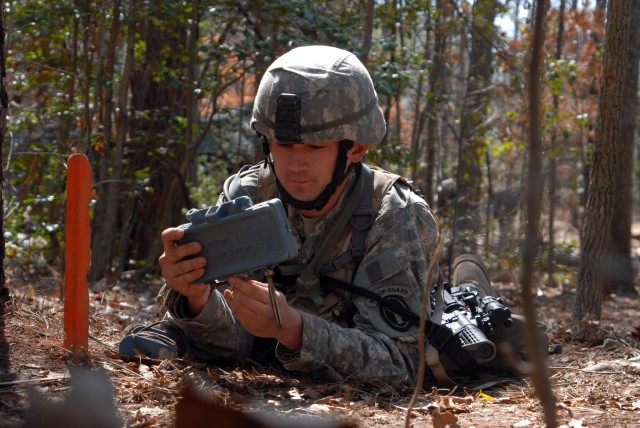
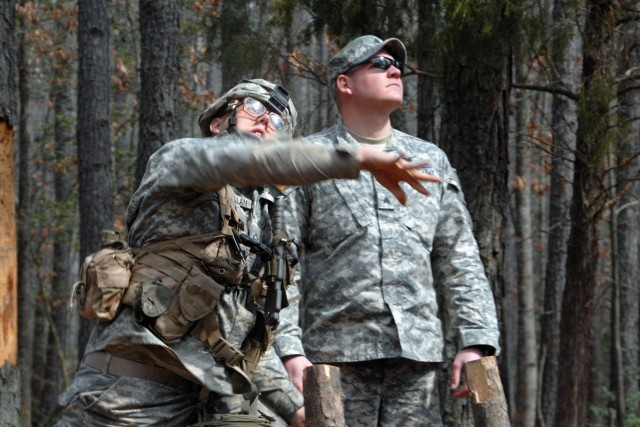
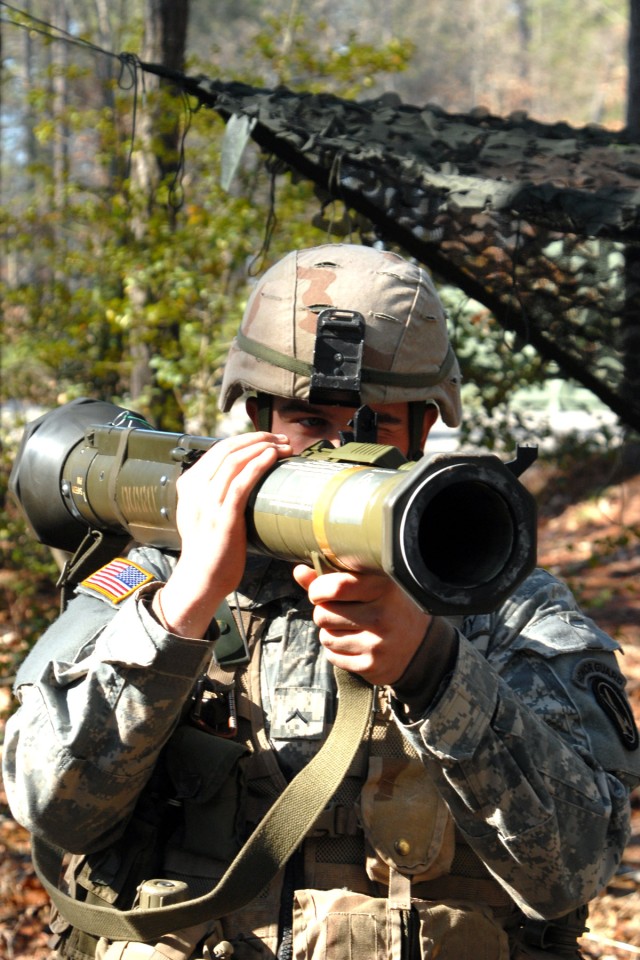
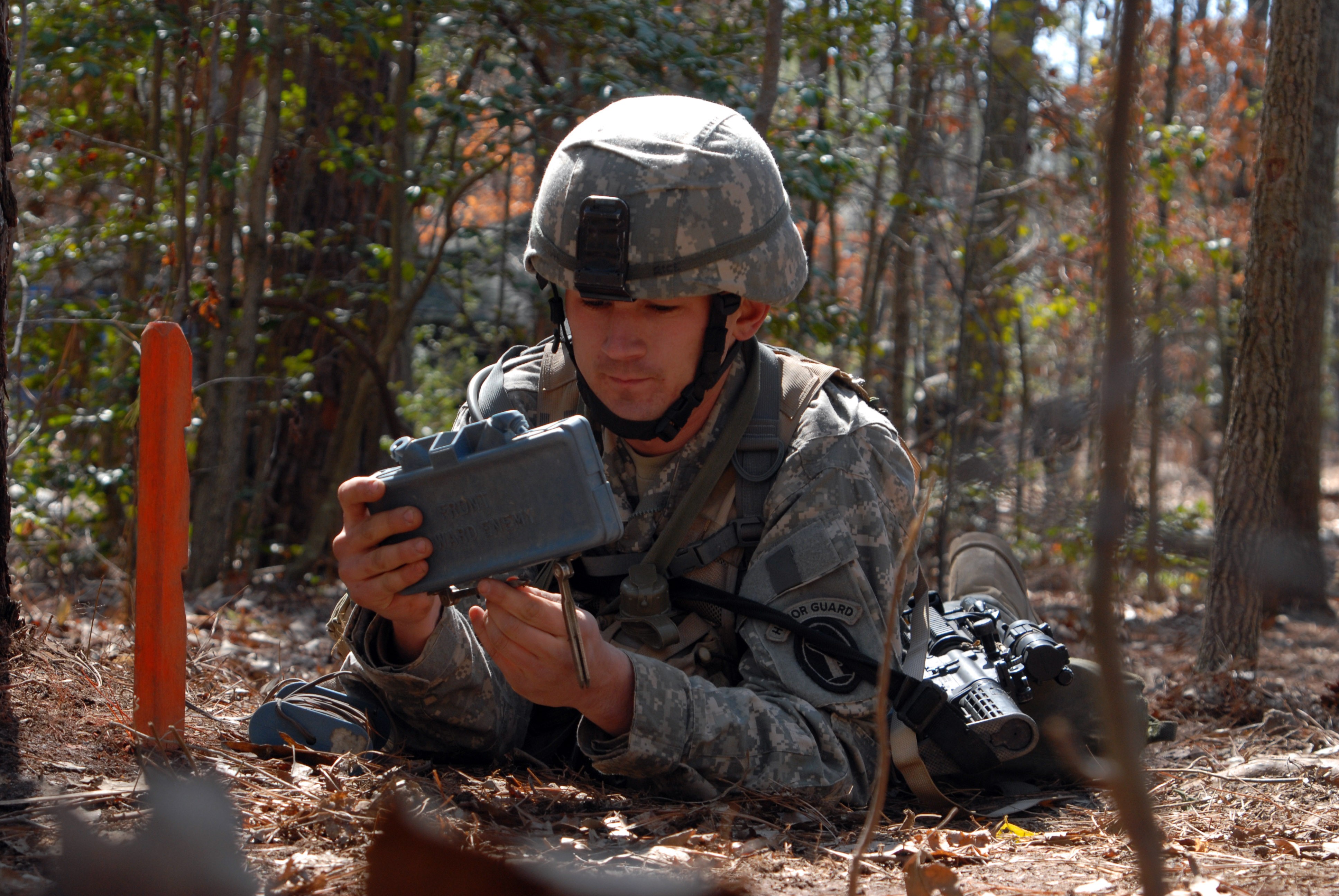

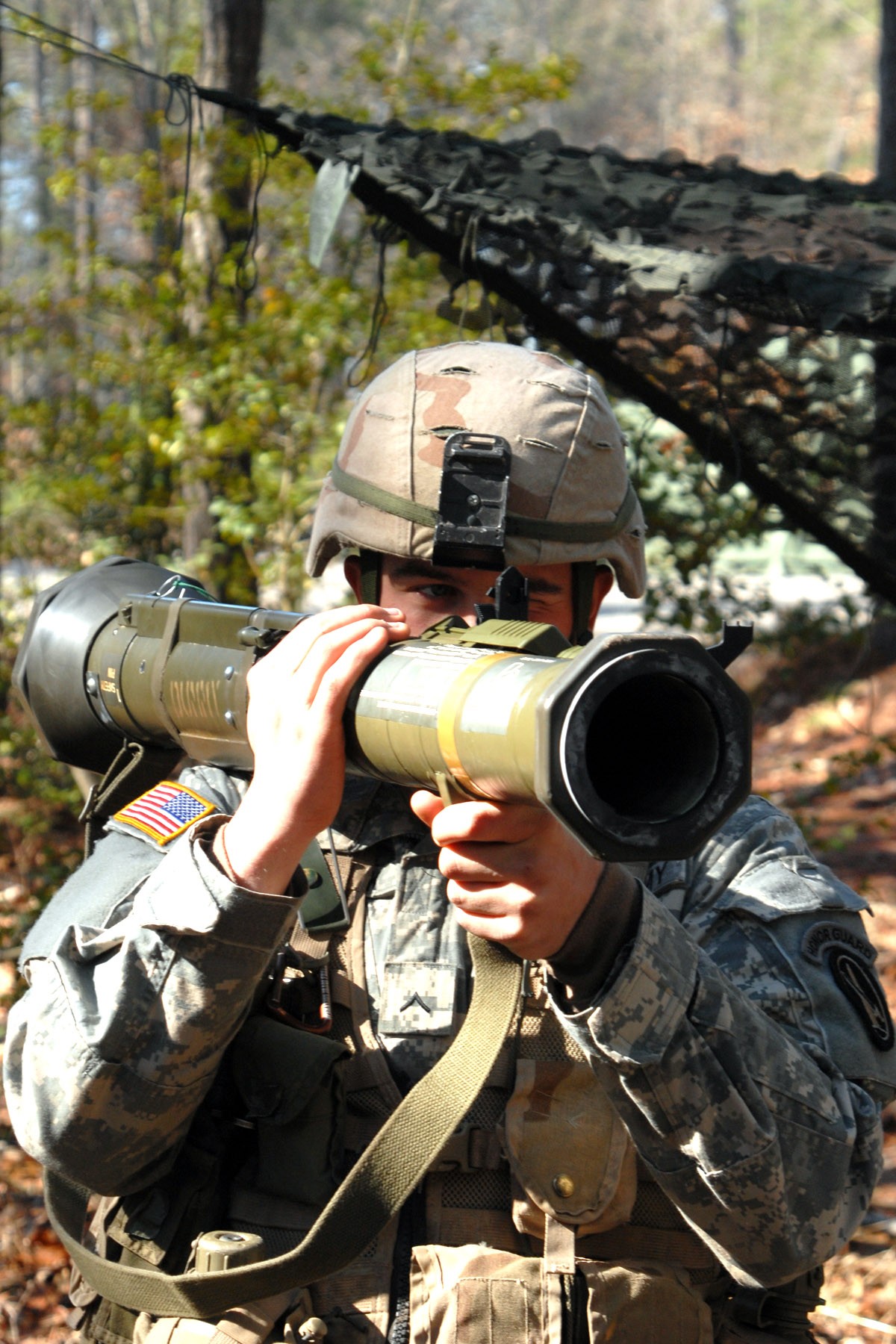
Social Sharing